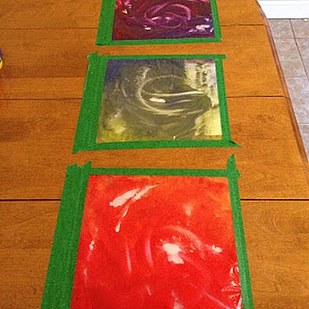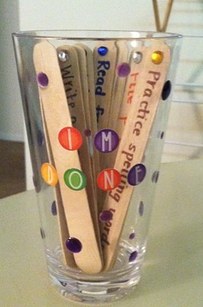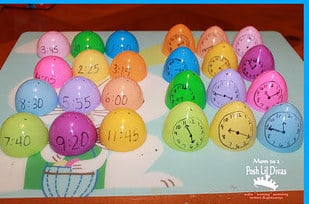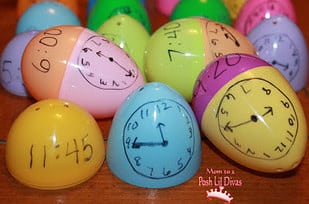Getting your students ready to start learning can be difficult, to get your students prepared these fun activities these DIY tips all elementary teachers need to know will help get them on the right track.
These are some simple and easy ways do-it-yourself activities which include some great activities like diy number puzzles, fraction reference cards that also make for a great bookmark and a diy math’s warm up poster.
Learning doesn’t need to be boring, you can help motivate and help your students have fun when learning with these fantastic learning DIY’s!
1. Create word family LEGO blocks.
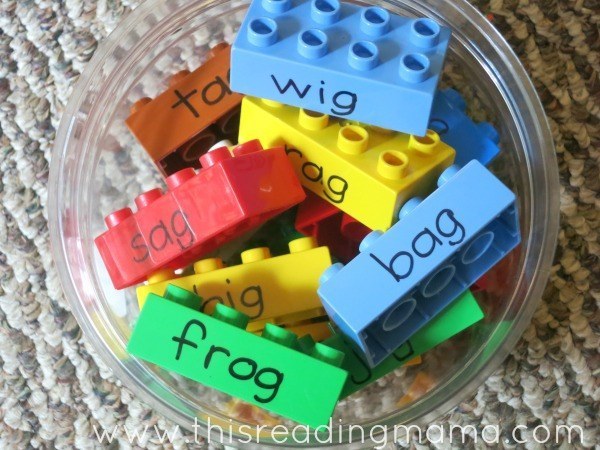
The aim is for the child to sort through the blocks and create towers of the same word families. This game will unfortunately pose the same threats to bare feet as normal LEGO pieces do. You’ve been warned.
2. Make popsicle stick number puzzles.
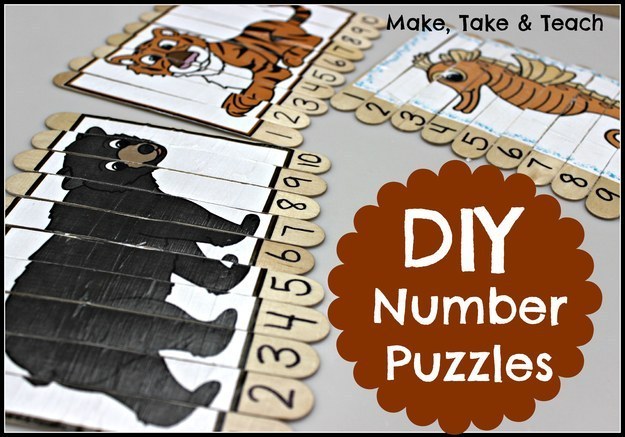
Combine visual learning and numerical ordering with these DIY number puzzles. Children have to arrange the numbers first, looking to the puzzle as clues to see if they’re doing it correctly, which aids in self-assessment skills. Find the instructionshere and use the images provided, or for higher grade levels, print more complex photos for your puzzles.
3. Create a simple game for letter recognition and matching.
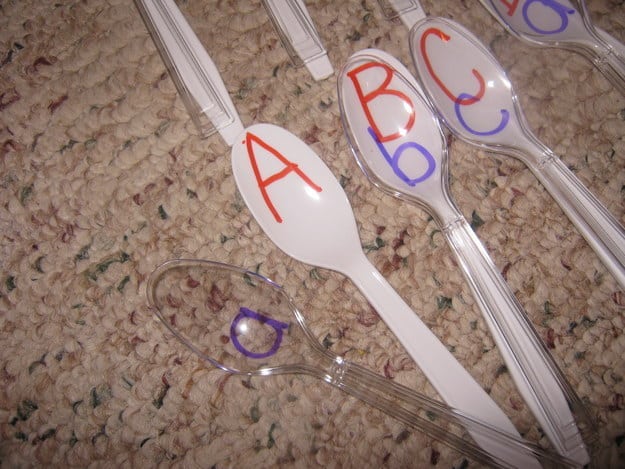
Help students to identify lowercase and capital letters, match pairs of letters, and practice alphabetical order with this simple plastic spoon DIY. Use clear spoons for the lowercase letters so that students can match them up and see-through to the capital letter.
WARNING: may make students hungry.
4. Make fraction reference cards that double as bookmarks.
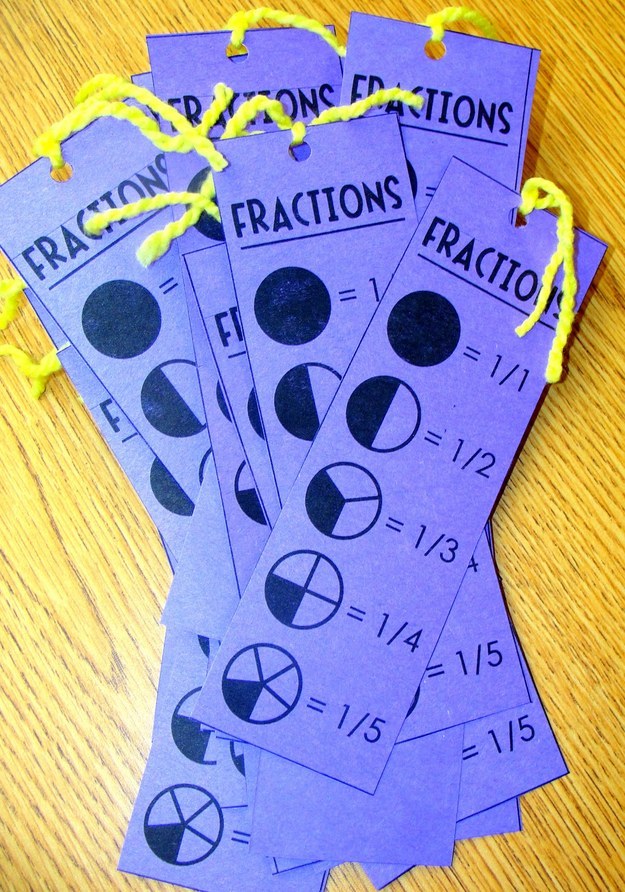
This can easily be recreated and printed on colored paper to give every child as a reference during fraction units, and afterward can be used as a handy bookmark! If you don’t want to make your own, find the printable in a fraction unit for purchasehere.
5. Fashion mess-free finger-painting stations.
Slide a piece of paper into a Ziploc bag, squirt paint into the bottom, and tape down* to a table. The kids can watch as the colors mix, and create intricate finger-paint masterpieces without the mess. Once dry, the paper can be removed and displayed.
*You cannot go overboard with the preventative tape here. Use all of the tape.
6. Work on sight words with this easy reading recognition game.
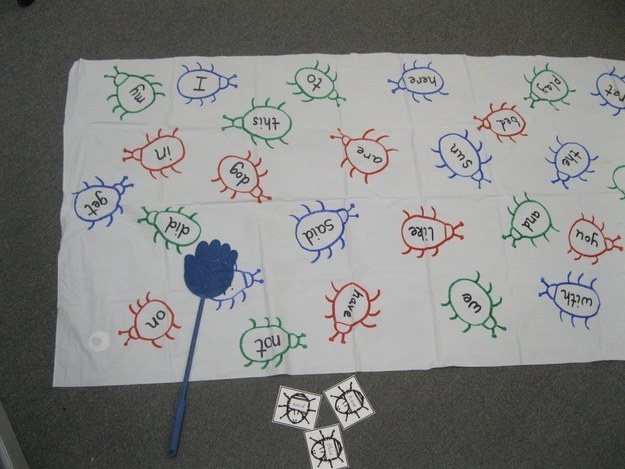
One student reads out a sight word while other students “swat at†the sight word bugs on the activity mat. Make one for your students with a plastic white tablecloth or roll of white paper and make sight word recognition fun. This is also a great way to groom mini bug-swatters to take care of bugs IRL.
7. DIY a poster for a daily math warm-up.
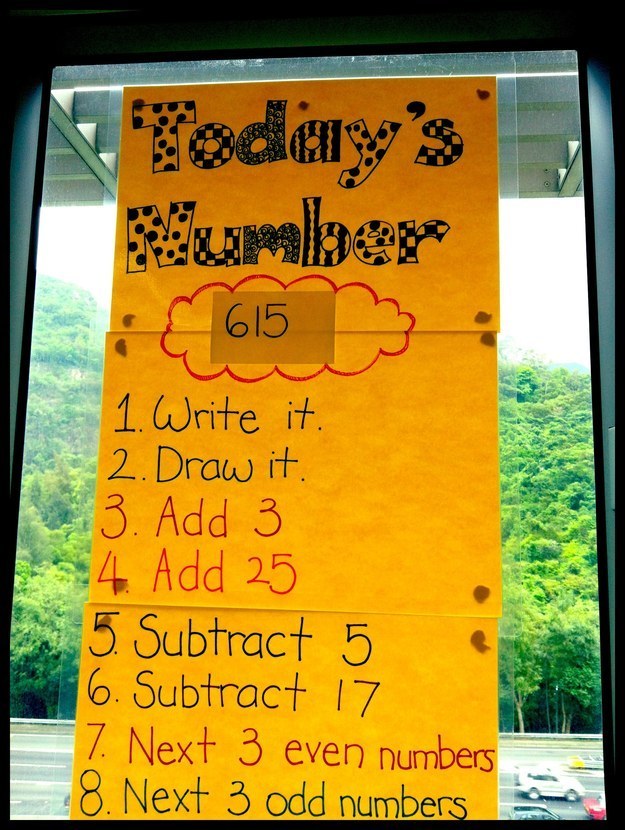
Depending on the grade, it can be kept very basic, or made much more complex. Harder concepts could include asking students to find percentages of the numbers, multiply, divide, or create fractions using the numbers. Once students are used to the routine, it can be used as a way to invoke healthy competition.
8. Craft word family eggs.
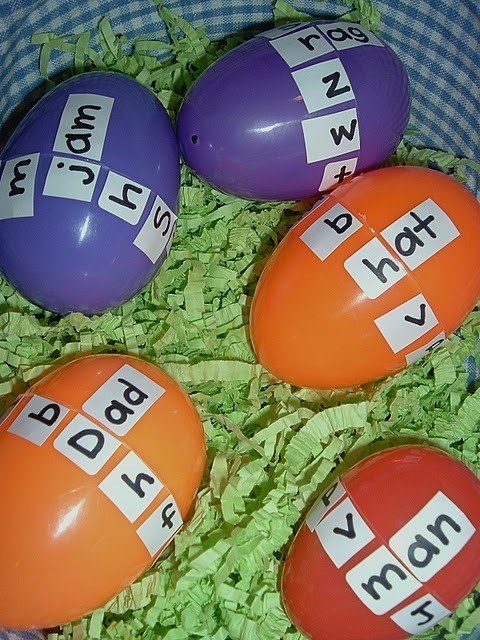
Students should twist the eggs, read out the word they’ve created, and write it down, which will help to improve both language and writing skills. You could even put treats inside the eggs to encourage students to finish the entire word family and move onto another one with an incentive.
9. Make an “I’m done!†cup for early-finishers.
Send students who are finished with their work to the cup to pick out an activity at random so that class time isn’t wasted. Easily DIY-able and gives incentives for the students to finish their work.
10. Put emphasis on sight words by combining them with other skills.
Use sight word popsicle sticks for putting in alphabetical order, creating sentences with, or just for reading out and copying down to practice writing as well.
11. Use cookie sheets for a variety of magnetic activities.

ABC order
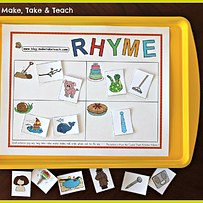
Rhyming
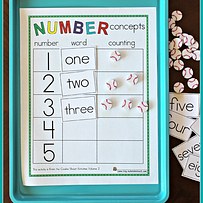
Number concepts
12. Create an easy tracing activity with a chalkboard and paintbrush.

Students can trace letters, numbers, shapes, and more with this simple activity that requires nothing more than a bit of chalk on your classroom chalkboard, and a paintbrush dipped into a water cup.
13. Make a math game out of craft sticks.

Students will choose a popsicle stick, solve the math problem, and then “stack†it with the stick that has the right answer in the blue circle on the end. They then solve that problem, find the next matching stick, and so on. A true long-form activity that will allow you a bit of time to set up a new lesson, watch without interfering, or just take a breather from the chaos that is elementary school for a minute.
14. Help students learn to tell time with Easter eggs.
Write the time digitally on one half of the egg, and draw the analog clock on the other half. Pull ‘em apart and have the kids match them together to work on a bunch of time-telling and number skills.
15. Use a tray filled with salt for tracing practice.
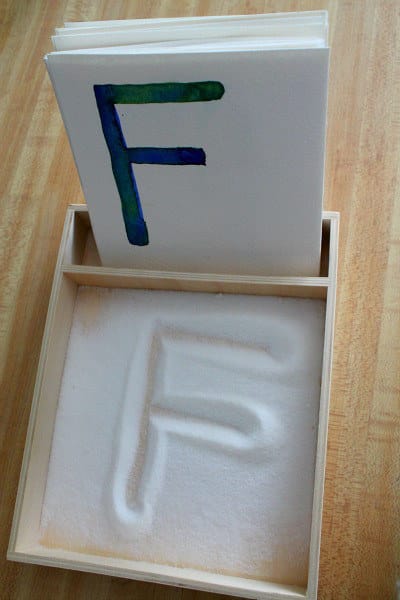
By tracing in the salt* with a pencil eraser, the child can compare his or her letter (or number) to the one shown on the card. It’s easy to repeat over and over, and if kept in a tray deep enough, should be mess-free**.
*Not for the superstitious teacher, though.
**Yeah, kids are messy and never listen so this could end up being messy.
16. Make matching fun with popsicle sticks.

With popsicle sticks and a free printout you can make a fun matching game for your students. Download the free printable here, or make your own type of popsicle stick memory game using vocabulary words, sight words, numbers, the alphabet, and more.
17. Influence kinesthetic learning with verb cards.
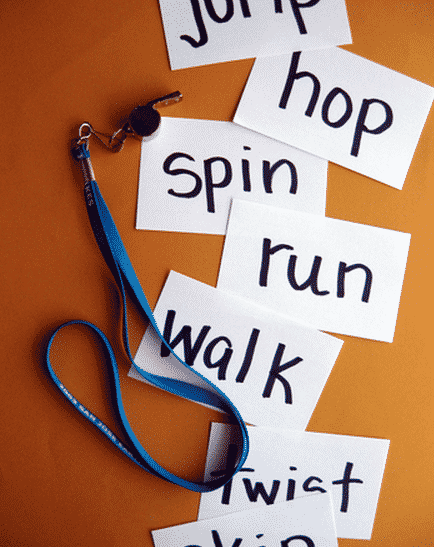
Have your students come up with action words that they can act out, and let them demonstrate. Take it a step further by bringing them to the gym or outside so that they have space to run and jump to their heart’s content (and tire them out before the next lesson to minimize over-energetic-related interruptions).
18. Turn a beach ball into a math question ball.
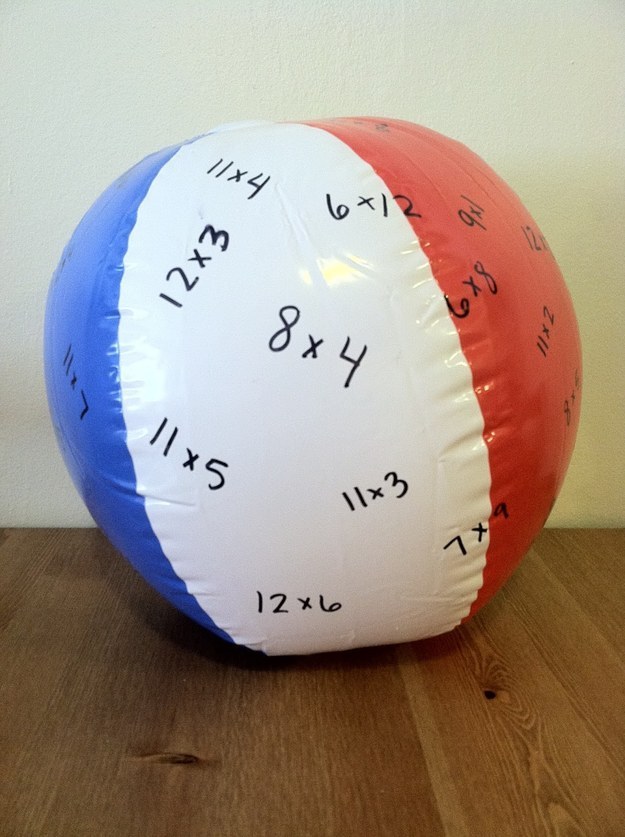
Have the kids stand in a circle and toss the ball to each other. Whichever math problem their thumb lands on they have to answer before tossing it to the next student. An easy DIY that only takes a blow-up beach ball and a marker. Could also be done for vocabulary words, sight words, or as question review for an exam.
19. Make phonics phones out of PVC pipes to help students hear themselves speak.
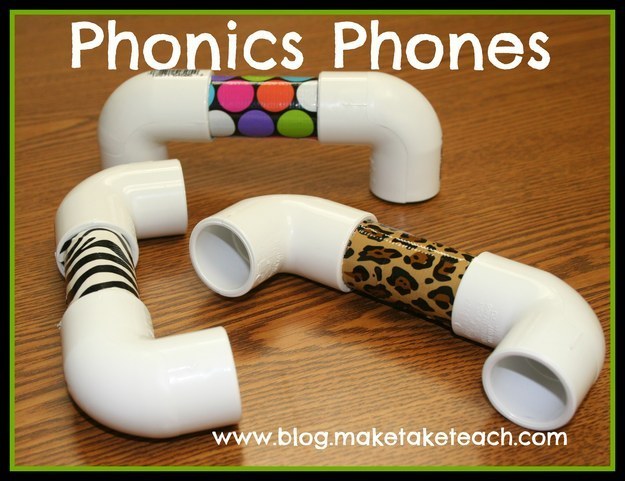
Phonics phones amplify the child’s voice in their own ear while they read, which helps them to hear their voice and understand how they sound. This helps with letter sounds and phonemic awareness, and give students an opportunity to assess their fluency while reading. Find the directions here.
Via BuzzFeed


